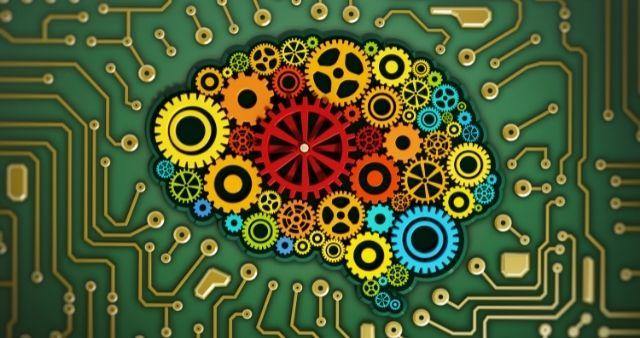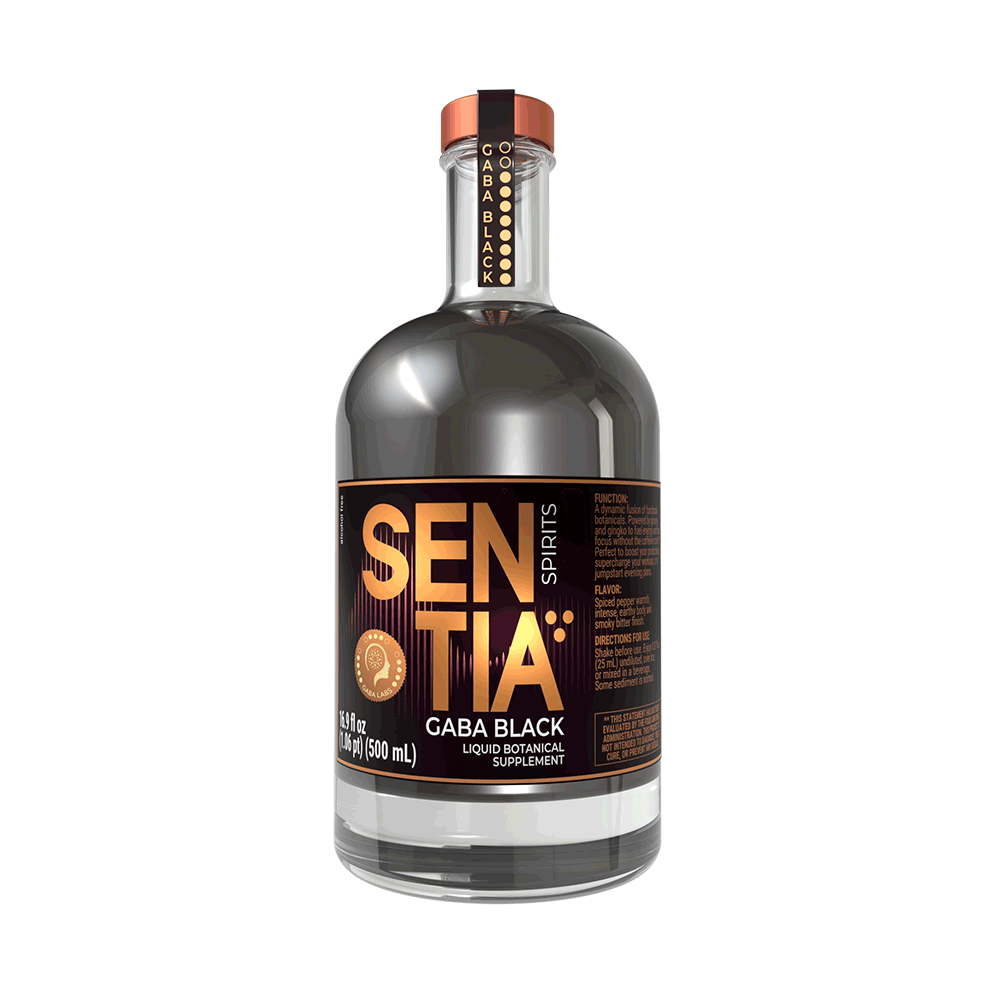Firstly, let's talk about GABA
GABA—short for Gamma-aminobutyric acid—is an amino acid that has been around longer than life itself. Once life got to the party, GABA was a crucial ingredient in the primordial soup, first helping to generate energy in single cellular organisms, and then functioning as a key molecule in cell communication—think of it as the WiFi in the first internet of things.
It remains important today. In some bacteria it helps modulate swimming behaviour. When plants are consumed by insects, their cells signal adjacent cells to produce more GABA, getting insects to move on and munch something else. As in both of these examples, the key to GABA is communication.
GABA and Glutamate: The Ying and Yang of Consciousness
In a central nervous system GABA functions as a neurotransmitter, where it is the main inhibitory—or calming—neurotransmitter in mammals. Neurotransmission is the way our mammalian brains communicate with our bodies. GABA is produced in the brain from Glutamate, another amino-acid that is abundant in a normal human diet. If you’re eating food, you’re eating GABA and Glutamate.

GABA and Glutamate sit in a delicate balance. Glutamate excites the brain and causes its neurons to fire. Our brains use this in memory formation and learning—Glutamate keeps your hard drives running—but an excess of glutamate can cause anxiety and agitation.
Fortunately, whenever glutamate is released, your brain kicks the see-saw and squeezes out some GABA to moderate the firing of neurons. GABA counteracts the effects of Glutamate, calming the brain. By reducing the likelihood of neurons firing, GABA aids relaxation, sedation and sleep.
Human consciousness is the communication of the parts of our brain with one another, all held together by ebb and flow of GABA and Glutamate. What we understand as intoxication, stimulation, euphoria, or a “buzz” is the result of the interplay between these two molecules.
GABA and Glutamate Communication
The Communication between GABA and Glutamate is at the core of what makes us human. Glutamate helps us to learn; it wakes us up in the morning; it gets us pumped, gets us inside our own heads—if you’ve ever worried about how you look, what to say to a stranger, or how in the hell to dance a little less like an uncle at a wedding, Glutamate is sitting on your shoulder, criticising away.
GABA, on the other hand, gets us to each other. It relaxes us; it helps us forget our troubles; it helps us to communicate our ideas, our dreams, and our desires. If Glutamate helps us communicate with ourselves; GABA helps us to communicate with each other.
Enter Sentia, The GABA Enhancer
For a drink to attempt to recreate some of what is going on when you drink alcohol three key components are needed: GABA activators, GABA enhancers, and Bio-enhancers. GABA activators cause the release of GABA in the brain, which leads to feelings of relaxation and sociability—you’ll know the feeling if you’ve ever had a couple of pints or a large glass of wine.
GABA enhancers boost the effects of the GABA released by your brain, while Bio-enhancers facilitate both the erase and effect of GABA by aiding the uptake of activators and enhancers.
This is all a complimentary process. It starts in the intestine, transfers to the blood, and from their enters the brain, crossing what is known as the BBB, the blood-brain barrier.
Some drinks—and a host of foods and supplements—claim to contain GABA as an active ingredient, and, perhaps contrary to what you’d assume, Sentia doesn’t. But Sentia doesn’t “contain” GABA in that sense, because getting GABA down your throat, on to your intestinal tract and then into your bloodstream isn’t going to get it into your brain—that’s not how this works.
GABA, which is present in, well, all living things, isn’t an active ingredient in and of itself. GABA in—say—a drink, a fruit, a grain of rice, or a blade of grass, can’t get from there into your brain, because GABA can’t pass through the BBB.
Sentia contains compounds that pass from your intestines and into your blood—and compounds that help that happen. The real magic is how these substances then trigger the release of GABA in your brain. It’s your brain that creates the GABA that matters.
